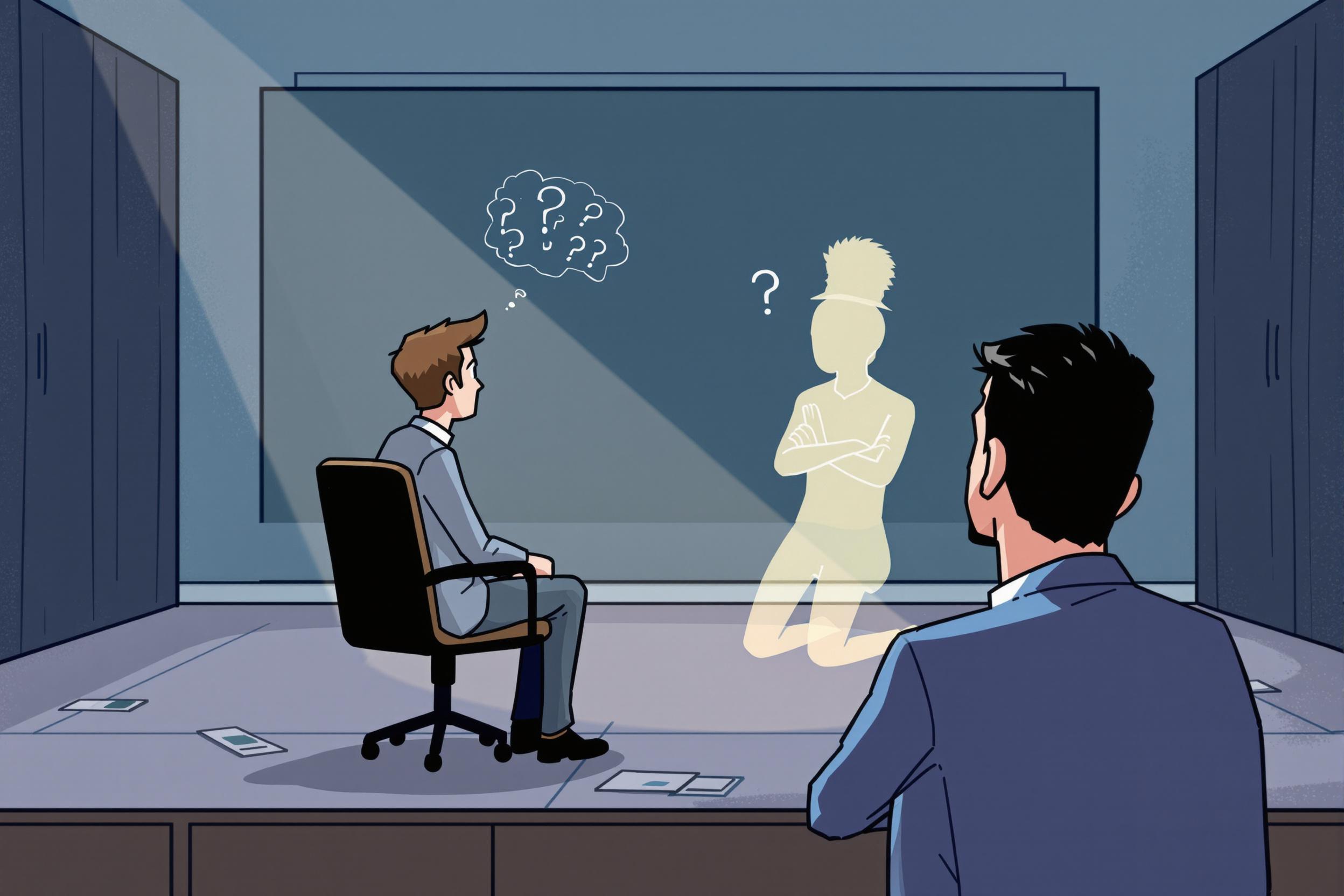
Shadow Flicker
Shadow flicker is a term used in the wind energy industry to describe the moving shadows cast by wind turbine blades when the sun is behind them. It's similar to the shadows you might see from a ceiling fan, but on a much larger scale. This effect needs to be carefully studied and managed because it can impact nearby homes and buildings. Wind energy professionals often need to analyze, predict, and minimize shadow flicker to ensure wind farms don't disturb local residents. This is an important part of wind farm planning and environmental impact assessment.
Examples in Resumes
Conducted Shadow Flicker assessments for 5 major wind farm projects
Developed mitigation strategies to reduce Shadow Flicker impact on local communities
Used modeling software to predict Shadow Flicker patterns for environmental impact reports
Typical job title: "Wind Energy Environmental Analysts"
Also try searching for:
Where to Find Wind Energy Environmental Analysts
Professional Organizations
Job Boards
Professional Networks
Example Interview Questions
Senior Level Questions
Q: How would you manage a complex shadow flicker assessment for a large wind farm near residential areas?
Expected Answer: A senior candidate should explain the process of using modeling software, considering seasonal changes, gathering site data, and developing mitigation strategies. They should mention experience with stakeholder communication and regulatory compliance.
Q: What factors do you consider when developing shadow flicker mitigation strategies?
Expected Answer: The answer should cover turbine placement optimization, use of vegetation screens, automated shutdown systems during critical times, and working with local residents to find acceptable solutions.
Mid Level Questions
Q: Explain how you would calculate shadow flicker duration for a specific location.
Expected Answer: Should demonstrate understanding of sun path diagrams, turbine dimensions, distance calculations, and weather data analysis. Should mention standard industry tools used for these calculations.
Q: What are the typical regulatory limits for shadow flicker, and how do you ensure compliance?
Expected Answer: Should know common regulatory limits (like 30 hours per year in many jurisdictions), explain monitoring methods, and describe documentation procedures.
Junior Level Questions
Q: What causes shadow flicker and when does it typically occur?
Expected Answer: Should explain basic concepts about sun position, turbine blade movement, and typical times of day when shadow flicker occurs. Should understand basic factors affecting shadow flicker.
Q: What tools are used to measure and predict shadow flicker?
Expected Answer: Should be familiar with basic shadow flicker modeling software and measurement tools, even if they haven't used them extensively yet.
Experience Level Indicators
Junior (0-2 years)
- Basic understanding of shadow flicker concepts
- Familiarity with measurement tools
- Basic report writing
- Understanding of wind farm operations
Mid (2-5 years)
- Shadow flicker modeling and analysis
- Environmental impact assessment
- Regulatory compliance knowledge
- Community engagement experience
Senior (5+ years)
- Complex project management
- Mitigation strategy development
- Stakeholder management
- Policy development and implementation
Red Flags to Watch For
- No knowledge of basic wind turbine operations
- Lack of experience with environmental impact assessments
- Poor understanding of regulatory requirements
- No experience with shadow flicker modeling tools
Related Terms
Need more hiring wisdom? Check these out...

Ghosted Again? How to Stop Candidates from Disappearing and Start Engaging Them Better

Resume Optimizations that Candidates Do to Get Past AI Hiring Filters

Supercharge Your Candidate Screening: 7 Unorthodox Ways to Hire Faster Without Breaking a Sweat

